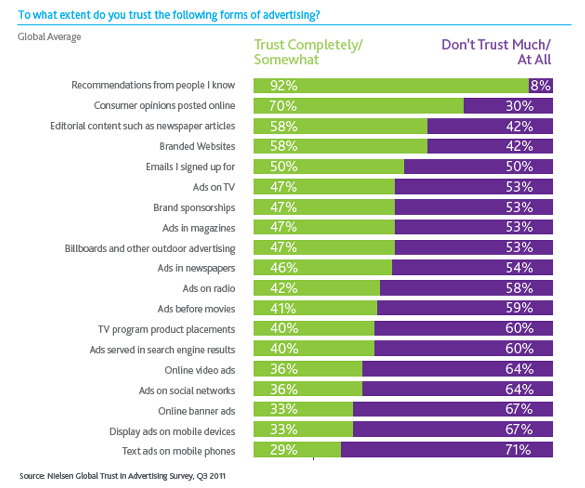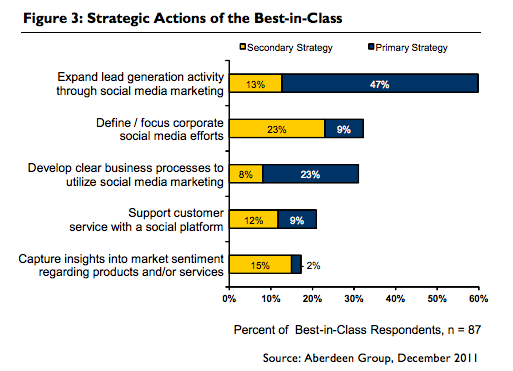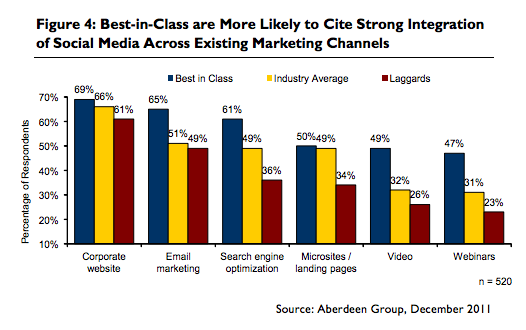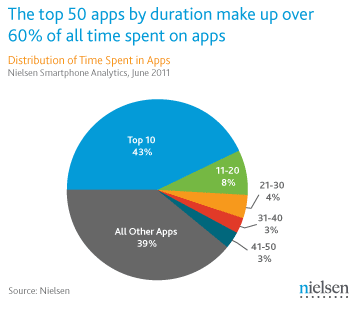5 Tips for Managing an Ecommerce Website
Whether you’re experimenting with online sales or have already run businesses in the past, when you are first creating an ecommerce website you’ll want to keep a few tips in mind. These can help you use today’s technology to find and retain a steady client base.
1. Use Simple Web Design
With such a high degree of competition out there, even for the most obscure products, you’re going to have to put some time and effort into your website to make it stand out from the crowd. You don’t have to have any web design experience to do this if you use an ecommerce software program with templates. These can usually be customized in terms of logo, font, and colour themes. Aside from this assistance, you’ll want to use your imagination and think of a catchy name for your business as well as an easy-to-navigate site.
2. Organize your Product Catalogue Using Categories
A big part of making your online store easily navigable for customers lies in how you organize your products. It’s easier for customers when you arrange your products into logical categories or collections, so that they can find what they’re looking for more easily. Adding a “sale” category can help customers feel that they’ve stumbled onto a bargain, so think about running promotions and sale items as a separate collection altogether. Be sure to include high quality pictures of the products along with descriptions.
3. Make Payment Easy for Customers
Once your customers have located the items that they wish to purchase, some ecommerce business owners feel that they have already sealed the deal. In actuality, this is where it can all go wrong if you make it hard for a customer to pay you. You’ll want a smooth and easy checkout system that offers multiple methods of payment. One example of this would be a Shopify ecommerce website, which provides a shopping cart and integrated payment system. You’ll want to look for a platform of this nature to help encourage the final sale. If you’re selling products internationally, it’s also helpful to include a currency converter. Be sure to provide a telephone number or email address for customer support for added security.
4. Create a Blog
There are numerous ways to market your online store, including using social media and email newsletters, among others. Yet one of the most effective ways to get in touch with a wide net of potential customers is through creating your own blog. This is also a good way to showcase your brand and personality, thus creating a valuable first impression.
5. Use Analytics to Track Customers
Although many online business owners use analytics tools to track what visitors end up purchasing on their website, you can make use of these tracking tools for a host of other purposes. For example, with analytics you can find out how your customers found you, which URL’s are referring customers to your online store, and what search terms they’re using. With this information, you can more tightly hone your marketing efforts to reach a wider audience.
This post is a guest post from Shopify.





 Many families, and especially couples, experience new formats of evening togetherness. Couples are not leaning back any longer and simply watching TV, or having relaxed chats next to it. With most couples, both partners are using their smartphones, tablets or notebooks to chat with friends, to update their status for their fans and keep in touch with their digital fellows while the TV sceen is fighting for viewing figures.
Many families, and especially couples, experience new formats of evening togetherness. Couples are not leaning back any longer and simply watching TV, or having relaxed chats next to it. With most couples, both partners are using their smartphones, tablets or notebooks to chat with friends, to update their status for their fans and keep in touch with their digital fellows while the TV sceen is fighting for viewing figures.



 What will companies say if employees want to bring their own devices to work? How about security issues and support opportunities for companies? A real challenge for the future when we look at an
What will companies say if employees want to bring their own devices to work? How about security issues and support opportunities for companies? A real challenge for the future when we look at an  Jive Software recently published a
Jive Software recently published a 

